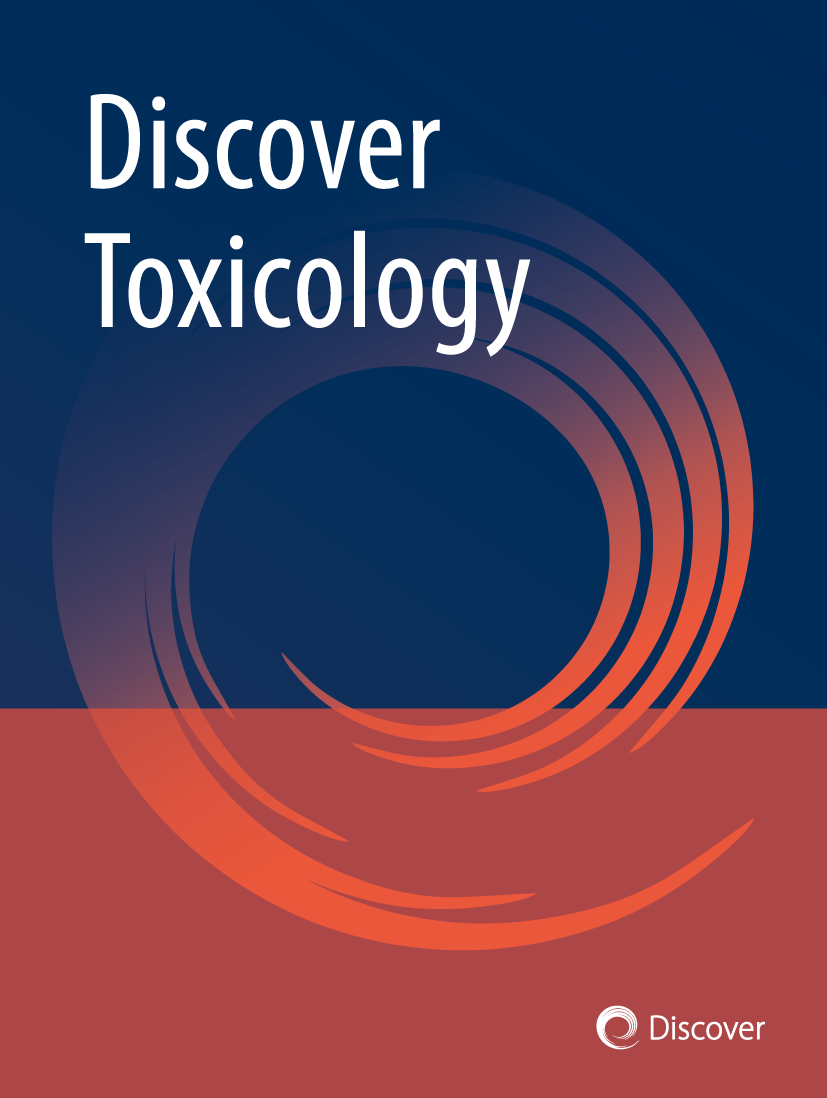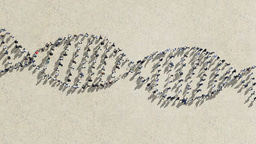Call for papers: Impact of “Forever Chemicals” on Cancer Development
Published in Healthcare & Nursing, Cancer, and Biomedical Research

Deepening our understanding of ‘Forever Chemicals’
Per- and polyfluoroalkyl substances (PFAS or 'Forever Chemicals') are an environmental and food-borne burden worldwide. PFAS is a significant environmental and food contaminant. Of the 100’s of PFAS, there are two that have been studied in greater detail, perfluorooctanoic acid (PFOA) and perfluorooctanesulfonic acid (PFOS). The National Cancer Institute has classified these agents as potential carcinogens.
The intent of this Collection is to highlight data from different areas to establish a foundation for the role of PFAS in the development of cancer. This evidence would include in vivo, in vitro, and molecular studies of PFAS agents alone and in combination with other environmental pollutants or genetic mutations.
The importance of digging deeper
PFAS have been classified as harmful to human health and carcinogens (PFOA) and possible carcinogens (PFOS) that increase the risk of cancers of the testes, kidneys and thyroid, as well as affecting hormonal function and fertility.
Increasing our knowledge in these areas allows greater understanding of the impact of these substances, and allows further dissection of their role in cancer development.
This Collection supports and amplifies research directly related to the United Nation's Sustainable Development Goal 3 (SDG 3) – Good Health and Well-being for all.
How can this collection help?
Our Top Collections like this one aim to support and promote high-quality science. They are led by Guest Editors who are experts in their fields, and supported by a dedicated team of Commissioning Editors, Managing Editors and In-House Editors at Springer Nature. Collection articles typically see higher citations, downloads, and Altmetric scores, and provide a one-stop-shop on a cutting-edge topic of interest.
Championing the exploration of ‘Forever Chemicals’

Dr. David R Wallace is presently a full professor in Oklahoma State University Center for Health Sciences, USA. His research focuses on role of environmental toxicants and cancer. As a Guest Editor for Discover Toxicology, he is keen to see the impact of “Forever Chemicals” on cancer development highlighted on a global scale.
How can I submit my paper?

Visit the Collection page to find out more about this collection and submit your article.
Follow the Topic
-
Discover Toxicology

This is a fully open access, peer-reviewed journal that supports multidisciplinary research developments across the field of toxicology.
Related Collections
With Collections, you can get published faster and increase your visibility.
Impact of “Forever Chemicals” on Cancer Development
Per- and polyfluoroalkyl substances (PFAS or 'Forever Chemicals') are an environmental and food-borne burden worldwide. PFAS is a significant environmental and food contaminant. Of the 100’s of PFAS, there are two that have been studied in greater detail, perfluorooctanoic acid (PFOA) and perfluorooctanesulfonic acid (PFOS), with current evidence linking PFOA as a possible endocrine disruptor and carcinogen. On the other hand, PFOS has been linked to reproductive dysfunction, affecting fertility. One question is whether these agents are cancer initiators or promotors. KRAS-related mutations have been associated with multiple forms of cancer. Linking KRAS-related mutations with exposure to PFAS as carcinogenic suggests that the pre-existing mutation may predispose individuals to increased cancer risk. The NCI has classified these agents as potential carcinogens. Current evidence has established an increased risk for cancer of the testes, kidneys, and thyroid with elevated PFOA exposure. The IARC has listed PFOA as a Group 1 ‘Carcinogenic’ agent. The Group 1 categorization is based on “sufficient evidence for cancer in experimental animals and strong mechanistic evidence (for epigenetic alterations and immunosuppression) in exposed humans.” The IARC has listed PFOS as a Group 2B, or “possibly carcinogenic to humans.” The Group 2B categorization is based on “strong mechanistic evidence across test systems, including in exposed humans (for epigenetic alterations and immunosuppression, as well as several other key characteristics of carcinogens)." The intent of this Collection, "Impact of “Forever Chemicals” on Cancer Development," is to gather data from different areas to establish a foundation for the role of PFAS in the development of cancer. This evidence would include in vivo, in vitro, and molecular studies of PFAS agents alone and in combination with other environmental pollutants or genetic mutations.
Keywords: PFOA, PFOS, Apoptosis, PFAS, Per-Polyfluoroalkyl substances, carcinogen, metastasis, genetic mutations, cellular metabolism
Publishing Model: Open Access
Deadline: Dec 31, 2025
New Approach Methodologies in Toxicology
Traditional toxicity testing by using animal models has served its purpose reasonably well. However, due to many challenges including testing of thousands of previously untested chemical contaminants, mixture aspects as well as changes in the types of chemicals and materials produced, there is a need for improvement of the existing risk assessment paradigm.
Next-Generation Risk Assessment (NGRA) based on New Approach Methodologies (NAMs) is commonly regarded as the way forward. However, incorporating new scientific insights and innovative approaches into hazard assessment in such a way that regulatory needs are adequately met is challenging. This includes difficulties that the biology of a complete mammalian organism has to be covered by a limited number of cellular assays but also regarding standardisation and validation.
The present Collection aims at publishing manuscripts on new approach methods paving the path towards NGRA. This includes original articles as well as reviews, strategical or conceptual papers as well as reports on risk assessments done with NAM or on validation of alternative methods.
Keywords: NAM, NGRA, in vitro methods, in silico methods, risk assessment
Publishing Model: Open Access
Deadline: Jan 31, 2026




Please sign in or register for FREE
If you are a registered user on Research Communities by Springer Nature, please sign in